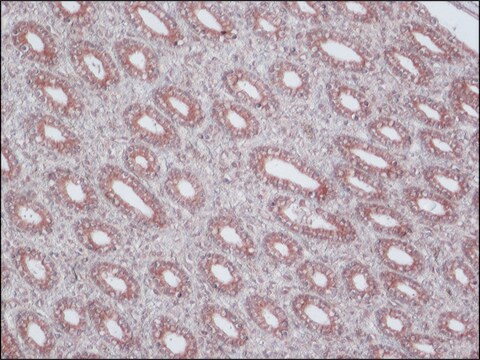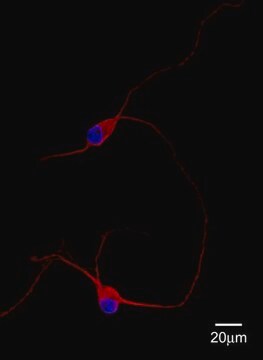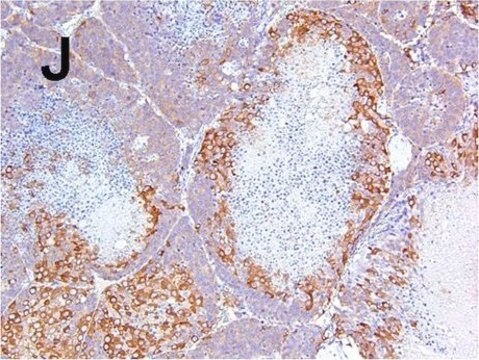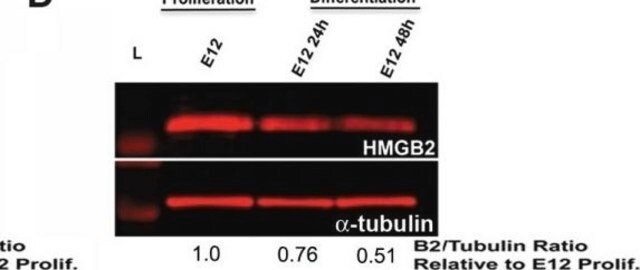MAB364
Anti-MAP2 Antibody
CHEMICON®, mouse monoclonal, HM-2
Synonim(y):
Anti-MAP-2, Anti-MAP2A, Anti-MAP2B, Anti-MAP2C
About This Item
Polecane produkty
product name
Anti-MAP2A, 2B, 2C Antibody, clone HM-2, ascites fluid, clone HM-2, Chemicon®
pochodzenie biologiczne
mouse
Poziom jakości
forma przeciwciała
ascites fluid
rodzaj przeciwciała
primary antibodies
klon
HM-2, monoclonal
reaktywność gatunkowa
bovine, human, quail, rat, chicken, mouse
producent / nazwa handlowa
Chemicon®
metody
immunohistochemistry: suitable
western blot: suitable
izotyp
IgG1
numer dostępu NCBI
numer dostępu UniProt
Warunki transportu
wet ice
docelowa modyfikacja potranslacyjna
unmodified
informacje o genach
human ... MAP2(4133)
Specyficzność
Immunogen
Zastosowanie
Immunohistochemistry: 1:50 to 1:1000
Optimal working dilution must be determined by the end user.
Neuroscience
Neuronal & Glial Markers
Neurofilament & Neuron Metabolism
Postać fizyczna
Przechowywanie i stabilność
Informacje prawne
Oświadczenie o zrzeczeniu się odpowiedzialności
Nie możesz znaleźć właściwego produktu?
Wypróbuj nasz Narzędzie selektora produktów.
polecane
Kod klasy składowania
12 - Non Combustible Liquids
Klasa zagrożenia wodnego (WGK)
nwg
Temperatura zapłonu (°F)
Not applicable
Temperatura zapłonu (°C)
Not applicable
Certyfikaty analizy (CoA)
Poszukaj Certyfikaty analizy (CoA), wpisując numer partii/serii produktów. Numery serii i partii można znaleźć na etykiecie produktu po słowach „seria” lub „partia”.
Masz już ten produkt?
Dokumenty związane z niedawno zakupionymi produktami zostały zamieszczone w Bibliotece dokumentów.
Nasz zespół naukowców ma doświadczenie we wszystkich obszarach badań, w tym w naukach przyrodniczych, materiałoznawstwie, syntezie chemicznej, chromatografii, analityce i wielu innych dziedzinach.
Skontaktuj się z zespołem ds. pomocy technicznej






